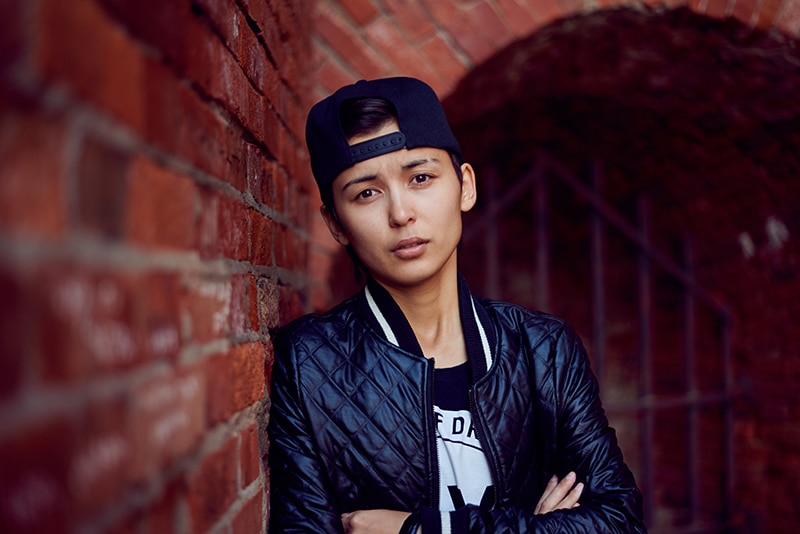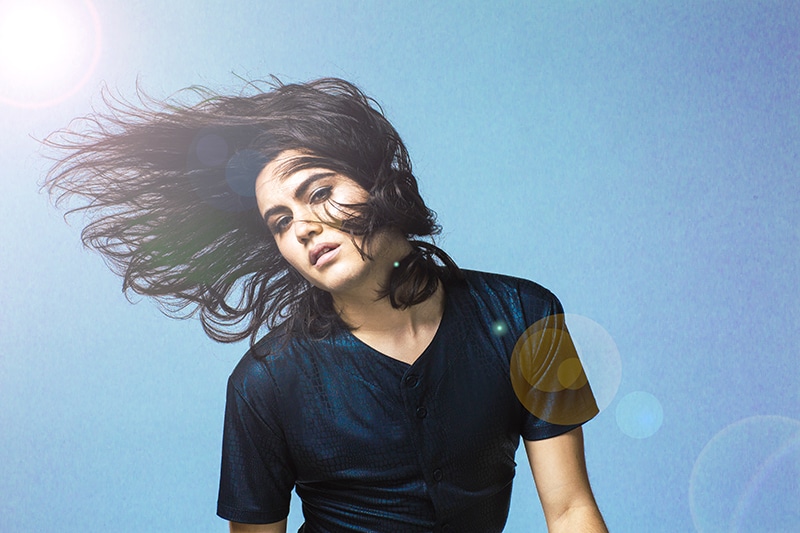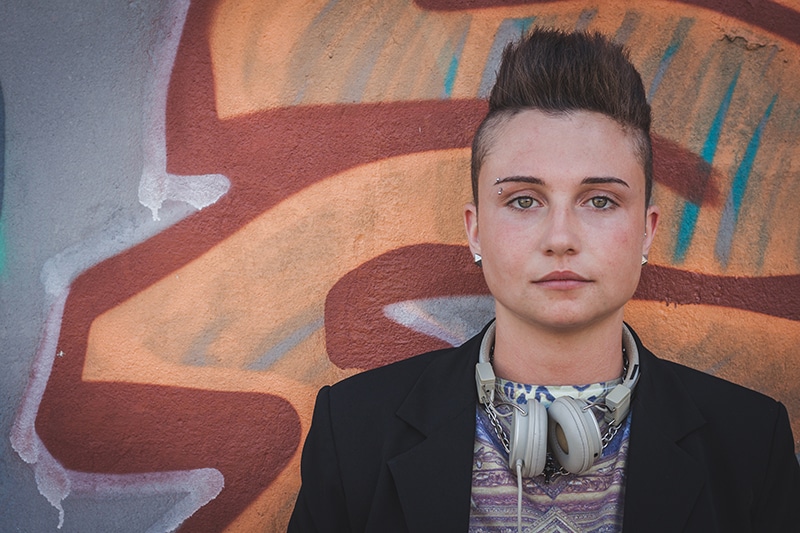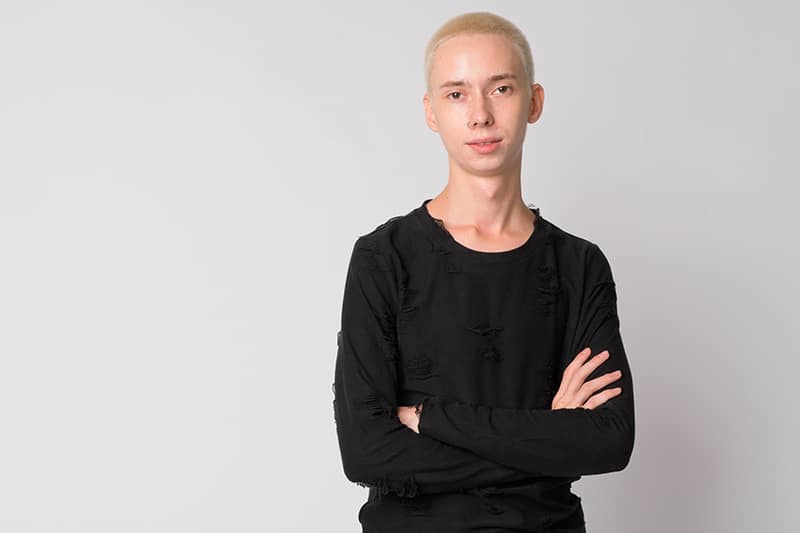Non-binary fashion modelling is relatively new; this comes as no surprise, but it still fairly disappointing because the modelling industry is not known for being particularly inclusive. But we are beginning to see a change in the industry that shows opinions and views are changing, albeit slowly.
With more plus-size models (both male and female) being seen in high-fashion, many are now wondering what about other rarely seen people – non-binary, transgender and androgynous?
What is a Non-Binary Model?
Also known as ‘genderqueer’, “non-binary” means a person does not conform to one specific sex. That means they don’t see themselves as either male or female. This is also known as gender fluid, or gender neutral.
They may refer to themselves as he, she or they as their pronoun, and they may change their name to reflect how they feel inside (many choose a unisex name).
It’s important to note that being non-binary does not refer to a person’s physical body. While changes can be made for trans people to feel more like the gender they feel inside, non-binary people usually prefer not to choose on or the other. They understand that there are two biological sexes, but our gender – what we identify as inside – is far more complex.
Being non-binary does also not refer to a person’s sexual preferences, nor does it mean that they are trans.
Gender identities can be confusing, but the most important thing is to be kind to anyone struggling with their self-identities. If you yourself are questioning yourself, there are plenty of available resources to give you support.

Non-Binary Modelling
Androgynous and non-binary models were first seen in the modelling industry in the early 70’s, when celebrities like David Bowie, Prince and Grace Jones became extremely popular for their mixture of masculine and feminine traits. This style became extremely popular during this period.
Today, we can still see their impact on the modern fashion industry; celebrities like Demi Lovato and Sam Smith have spoken up about their gender fluidity, helping to increase visibility in a very under-represented niche.
However, it is still fairly unusual to see a non-binary model working in high fashion. While it’s become slightly more common, there is still a long way to go to increase acceptance and understanding in the wider community.
What Can Non-Binary Models Expect in the Future?
One South-African modelling agency, ‘My Friend Ned’, have created a non-binary division in their agency. Unfortunately, they are one of few – not many agencies have made it this sort of leap towards inclusivity.
While part of the problem is lack of demand, the other problem is that many non-binary models do not feel welcome to this scrutinising and critical industry. Many white female models have voiced their struggles with their own self-identity after working in the modelling industry; it can only be imagined that is it even more difficult for someone who does not reflect the majority, and who faces a lot of questioning and criticism just for being themselves. A way to combat this is to provide more resources for those struggling within the industry. We are starting to see more people discussing mental health and the importance of caring for ourselves both physically and mentally; let us hope that soon we will see the same opportunities and care provided for any model who does not fit into the small, confined box that high fashion in particular demands the majority of its models into.

How to Make Non-Binary Models Feel More Welcome
As well as providing more non-binary divisions, there are several ways modelling agencies can make non-binary models feel more welcome:
– Increase awareness and education about non-binary people.
– Communicate with their brands and clients effectively so things like pronouns and names are understood and respected.
– Understand the requirements of each non-binary model; changing rooms, toilets, whether they are comfortable posing as male or female etc.
Famous Non-Binary Models and Celebrities
– Ruby Rose
– Rain Dove
– Demi Lovato
– Sam Smith
– Indya Moore
– Jonathan Van Ness
– Asia Kate Dillon (Asia featured as a non-binary character in the film John Wick Chapter 3)
Are you a non-binary model looking to get into the industry? Register with us today!


